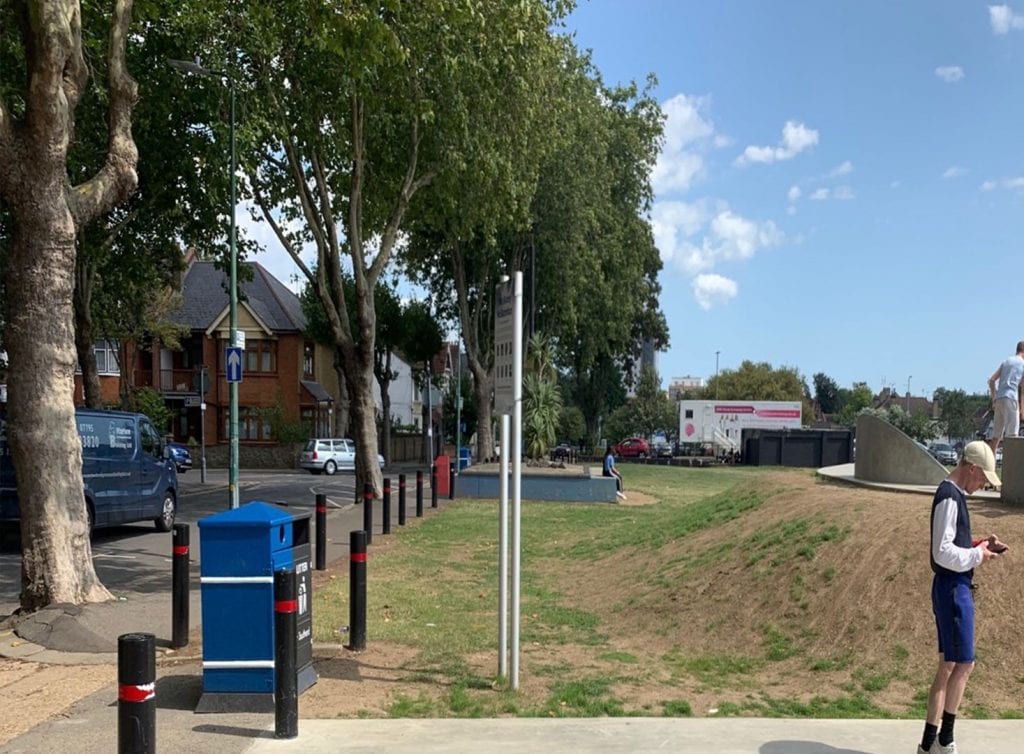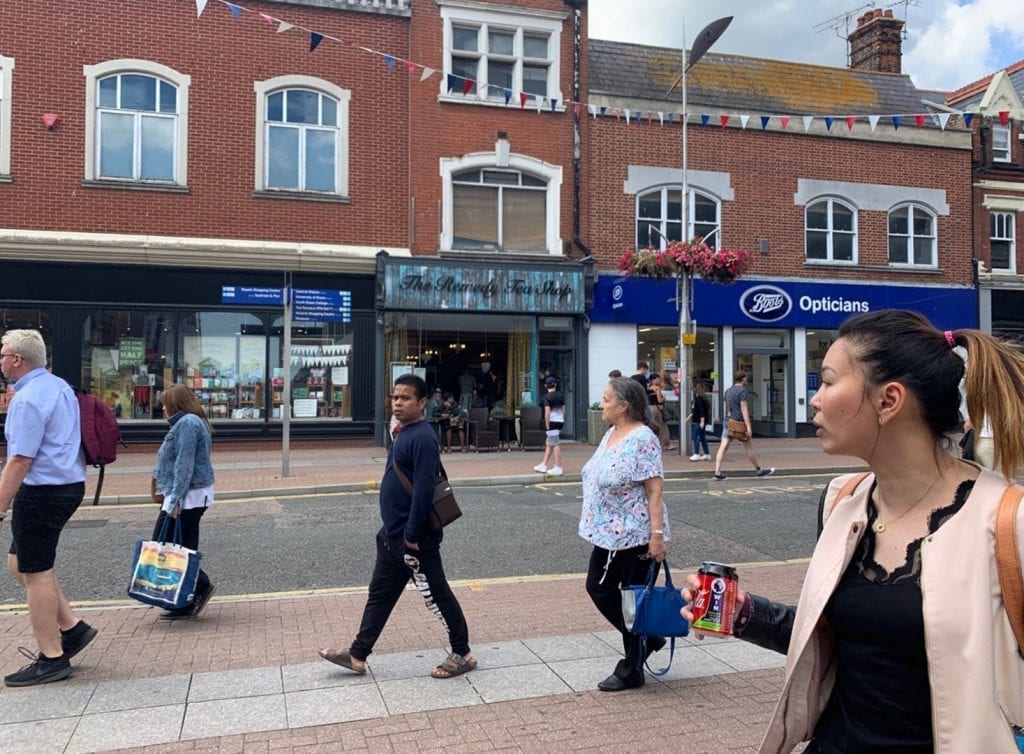Readers may remember that GreenBlue Urban have been fortunate enough to work on two European funded projects – Water Resilient Cities and Cool Towns. The Cool Towns project is reaching an exciting phase with project partners discussing the design and planning of their green infrastructure interventions, including the methods that will be utilised to monitor the impact of landscape in dense urban environments, on the urban heat island effect.

As a Work Package leader, GreenBlue Urban have been working with project partners from across France, the UK, Belgium and the Netherlands to provide support and technical expertise regarding the pilot sites that will inform future project outputs. Charlotte from GBU recently visited Southend on Sea to find out how the designs were progressing solutions for the site adjacent to the High Street in Southend were discussed. Due to the survey of the underground constraints due to the preponderance of services/utilities the original proposed four GreenBlue Urban tree pits were replaced with ‘oversized planters’. This has provided an important insight into the challenges faced by local authorities, namely that surveys and underground complexities can often result in sub optimal conditions for urban trees, planted in above ground solutions. Workshops and training for engineer and landscape architects often required to ensure that the ways of working around the services and utilities are fully understood. Monitoring equipment other than the prescribed ‘Kestrel’ solution have been proposed and the council are awaiting a response from the Scientific partners. Stakeholders have been engaged including the local Business Improvement District, Police and Community Groups.

The GreenBlue Urban tree pits are proposed in the Skate Park area which has little shading and there are significantly fewer underground constraints but huge exposure to the sun for those both participating in activities in this area and also waiting for teenagers/children.
Time-lapse cameras and recording of pilot delivery was discussed and GreenBlue products are going in as part of another scheme in the vicinity so an installation comparison with the planters will be undertaken. It was also agreed that the planters and GBU tree pits in the skate park will be monitored to compare the different planting methodologies and their effect on the mitigation of the urban heat island effect. This will be the first time that such a comparison focused solely on impact on temperature has been undertaken utilising GBU solutions. It will afford an opportunity for long term monitoring and to develop ways that GBU can modify existing designs to optimise their capacity to regulate temperatures in urban hotspots.
Based on the appraisal of the city centre interventions, Charlotte has suggested that Southend should twin with Ooestende pilot in Belgium to share experience and learning. The rationale for this recommendation is based on the fact that the partners face similar challenges and the situations of the pilots are very similar. Both are streets that act as cut-throughs and ‘gateways’ to the main shopping thoroughfares with access and other considerations important actors in terms of design. Both Ooestende and Southend have the objective of capturing specific co-benefits of their interventions, namely increased footfall through to the High Street and the need to create strategic rest areas in and around the major shopping routes in the city.

Next Steps agreed
Southend have provided their action plan and I have requested additional information in terms of capturing data and the installation of the respective components that will form their interventions.
Southend to send GreenBlue Urban the design for the Skate Park project and GBU to assess the number of tree pits required. Additional monitoring equipment will be purchased for the skate park project and a quote for excavation of tree pits by Eurovia, approximately 1m deep will be provided by the end of the month. Implementation of the pilots is anticipated in the first quarter of 2019.

